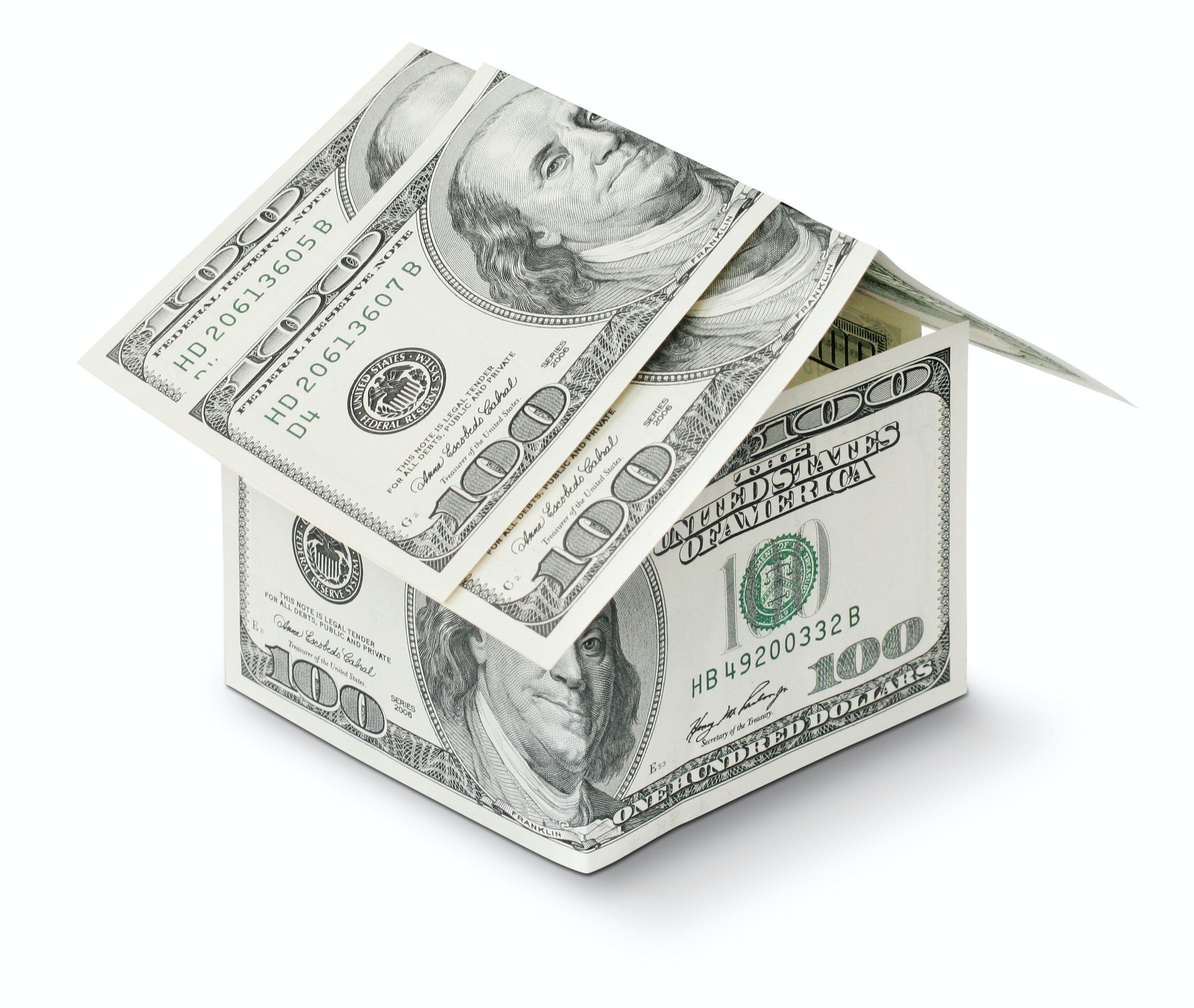5 Unexpected Things That Can Lower Your Home's Value
/When it comes to maintaining or increasing your home's value, you probably think of major renovations, curb appeal, and market trends. However, some lesser-known factors can quietly decrease your property's worth. Whether you're planning to sell soon or simply want to protect your investment, here are five surprising things that can lower your home's value.
1. Excessive Personalization Your home should reflect your personality, but overly customized features can make it harder to sell. Bold paint colors, built-in entertainment centers, and unique room conversions (like turning a garage into a home gym) may not appeal to the average buyer.
How to Avoid This
● Stick to neutral color palettes for walls and flooring.
● Opt for removable or easily reversible customizations.
● If you’ve made major modifications, consider offering to revert them before listing your home.
2. Poorly Maintained Landscaping
Curb appeal plays a crucial role in a home's value, and a neglected yard can be a major red flag for potential buyers. Overgrown lawns, dead plants, or an unkempt exterior can suggest deeper maintenance issues inside the house.
How to Improve Your Yard
● Regularly mow the lawn and trim hedges.
● Remove dead plants and weeds to keep the landscape neat.
● Invest in low-maintenance plants to keep the yard attractive with minimal effort.
3. Unpleasant Odors
Lingering smells from pets, smoke, or even strong cooking odors can deter buyers and lower your home’s value. Smells can seep into carpets, walls, and furniture, making them difficult to remove.
How to Keep Your Home Smelling Fresh
● Deep clean carpets, drapes, and upholstery regularly.
● Use air purifiers to eliminate persistent odors.
● Open windows frequently to improve ventilation.
● Avoid smoking indoors and keep pet areas clean.
4. Outdated or Poorly Done DIY Renovations
While DIY projects can save money, poor craftsmanship can be a turn-off for buyers. Improperly installed flooring, uneven paint jobs, or outdated fixtures can make a home look neglected and unprofessional.
How to Ensure Quality Updates
● Stick to projects within your skill level or hire professionals for complex tasks.
● Choose modern, timeless finishes that appeal to a wide audience.
● If previous DIY projects are subpar, consider having them professionally redone before listing your home.
5. Nearby Foreclosures or Neglected Homes Your home’s value isn’t just about your property—it’s also affected by the neighborhood. Nearby foreclosures, vacant properties, or homes in disrepair can make the entire area look less desirable, which can impact your home’s worth.
What You Can Do
● Stay engaged with your local community and encourage neighborhood upkeep.
● Report abandoned properties or code violations to local authorities.
● Maintain your own property’s curb appeal to set a positive example.
Conclusion
Even small details can significantly impact your home’s value. By addressing these often-overlooked factors—like personalization, landscaping, odors, DIY projects, and neighborhood conditions—you can better protect your investment and attract potential buyers. Have you encountered any surprising factors that affected a home's value? Share your experiences in the comments below!









